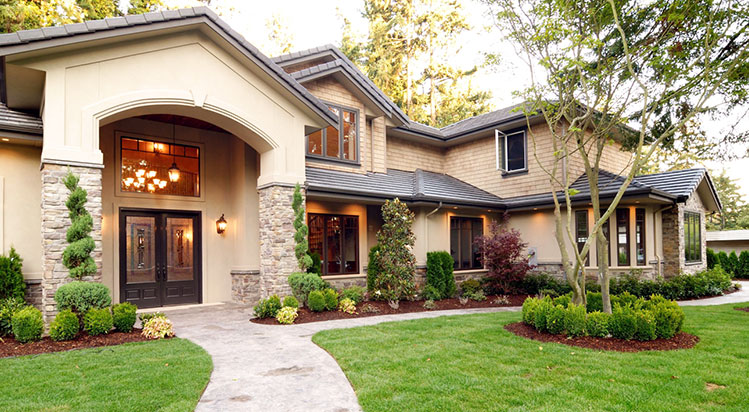What Time of Day Do Eastern Subterranean Termites Swarm in Pleasantville, NJ? How Do You Check for an Infestation?
Termites are notorious around the world for their difficulty at eliminating them and most of all, the destruction they cause. The integrity of the wood is weakened as they chew and consume the wood throughout your home due to the hollowed galleries, or tunnels they create. Though there are thousands of different types of termites, the most common termite species in New Jersey is the Eastern Subterranean Termite. The basics of subterranean termites is what we Ross Environmental Solutions would like to take the opportunity to share today.
What Type of Wood Do Termites Prefer?
Since they prefer the softer areas of wood, subterranean termites will often leave the hard wood in lieu of the softer wood but will devour and tunnel through the harder wood if necessary, for their diabolical plans. Since they require moist environments and live in dark, damp areas, subterranean termites compact their tunnels with soil. Generally, termites get into homes as they travel underground.
What are the Castes of Subterranean Termites?
Subterranean termites are social insects that all live in their nested colonies. Soldiers, workers, and swarmers, or the reproducers make up the three castes that are in the colony. To grow the colony, the queen mates with her king to produce the 2,000 fertile eggs she lays a day. The nymph termites are taken care of by the workers once they hatch where they then evolve into adulthood, becoming workers, soldiers, or swarmers. The young king and queens, the only winged termites, discard their wings to start their own colonies when they find a new nest. Swarmer termites are generally the most active during the late spring and midsummer.
Can Worker Termites Turn into Queens?
Worker termites are creamy-translucent colored termites that are soft-bodied. The worker termites maintain an efficiently operating colony. In addition to excavating tunnels, harvesting and foraging food, they ensure the royals and soldiers are fed as well as care for the nymphs until maturity. Also, worker termites will groom each other and make repairs on damaged tunnels. For the first two weeks of life, termite larvae grow into workers, soldiers or more developed nymphs. Most termites will become workers but a small percentage will develop into soldiers to keep the colony safe from outside threats and some termite workers will continue to develop and turn into nymphs. These nymphs eventually grow wings and become swarmers capable of reproduction.
What Do Soldier Termites Do?
Typically to fight the 250-million-year-old feuds with ants, among other threats, soldier termites are the defenders of the colony. Soldiers develop a hard-shell helmet around their heads and are more of an orange color. They are armed with mandible pinchers. These fighters first secrete a sticky latex resin and then use their pinchers to crush their enemies to ensnare their victims. While the workers make the repairs, some people may catch a rare glimpse of the soldier termites in rare instances when a breech was made and they we will stay on guard.
What are the Signs of Termites in Your Home?
A primary red flag you have a termite problem in your New Jersey home or business is being closely connected to nearby damaged wood. Another sign is the mud tubes that subterranean termites construct to reach higher levels. Should the infestation grow as the termites continue to multiply, the results could be costly.
Termite Inspection & Treatment
Termite swarming season varies by species. Subterranean termites swarm during daylight hours in the spring. In the event you believe you have termites or hear a neighbor has had an infestation, call Ross Environmental Solutions as soon as possible and let our skilled professionals inspect and treat your home or business to stop the damage!


